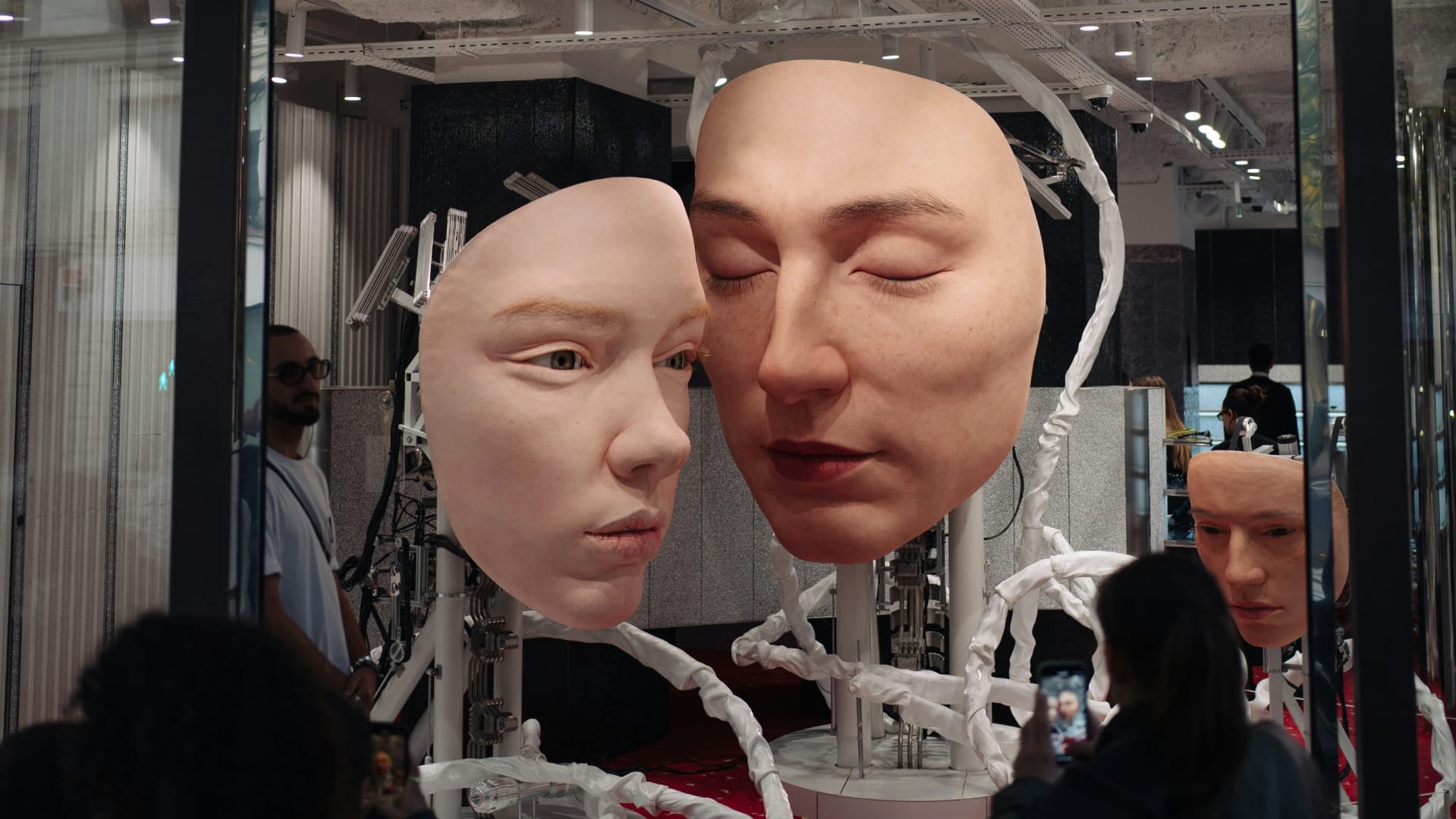
This article first appeared in Decision Marketing.
Remember the fear and excitement surrounding the metaverse a year or two ago? Hype cycles come and go, and technology that was supposed to change the world yesterday can easily become today’s punchline. Therefore, it is easy for people to argue that the current buzz surrounding artificial intelligence is just another turn of the hype machine’s handle.
The recent hype surrounding generative AI, however, feels different because of what it means for people like you and me who work in the industry rather than just because of how quickly its user base has grown – ChatGPT for example reached 100 million users faster than any platform in history.
Not only is generative AI becoming everyone’s favourite creative sidekick, for experience design, it opens up a world of possibilities to create immersive, intelligent fan experiences that both create lasting memories, and deliver powerful ROI for brands.
Here are just a few ways brands are employing the power of GenAI to create more personalised experiences:
Spotify AI DJ – ensuring the beat never stops
In February, Spotify launched AI DJ, an in-app feature that recognises users’ listening habits and makes recommendations using AI. By analysing real-time user data, such as genre preferences and mood indicators, it curates bespoke playlists that offer listeners a unique and immersive musical experience.
AI enables Spotify to adapt and evolve its recommendations based on user feedback and real-time interactions, constantly refining its understanding of individual preferences and delivering increasingly accurate and enjoyable playlists.
This iterative process enhances the personalisation factor, ensuring that the listener experience is constantly evolving and improving.
It’s a great example of how AI can not only be used by brands to enhance the user experience but also create a sense of connection that fosters a deeper emotional bond through personalised experiences.
In Q1, Spotify grew paid users by 22 million compared to the previous quarter to reach 317 million, up 26% year on year, so this is one of many things customers are clearly seeing value in.
AO Artball – Making art imitate life
Another great example of where AI is being used to create personalised experiences is the virtual art installation and exhibition AO-Artball 2023. Here, they leverage generative design techniques to create an immersive environment that caters to the unique preferences and interests of each visitor.
Through a combination of interactive elements, intelligent algorithms, and user input, AO-2023 generates personalised art experiences tailored to individual tastes. The installation then dynamically adapts based on the user’s decisions, allowing them to shape their own experience in real-time and become active participants in the creation process.
By analysing data inputs, such as artistic preferences, previous interactions, and contextual information, the system generates customised art pieces, exhibitions, and recommendations. This level of tailoring ensures that fans feel a sense of ownership and emotional resonance with the art, leading to a more profound and memorable experience.
In 2022, there were 6,776 ArtBall holders, making it the largest release of tickets to an AO membership programme in the history of the Australian Open, and cementing the Australian Open’s ambition to innovate and push the boundaries of Web3.
Visa – it’s not just a credit card
For the 2022 FIFA World Cup – the first-ever held in the Middle East – Visa created the “Visa Masters of Movement” experience that combined art, generative design and football to create a “world-first” brand experience.
With the use of tracking technology, footballers’ moves were tracked and fed into an algorithm that produced flowing, real-time brush strokes that ultimately became stunning pieces of dynamic, digital art.
In the build-up to the tournament, Visa also auctioned five iconic moves by five legendary players that had been turned into art using this technology and minted into NFTs, with the proceeds benefiting charity Street Child United.
Visitors to the Fifa Fan Festival in Doha were also able to take part in the experience and become artists themselves.
It showed how generative design can revolutionise fan engagement beyond the traditional spectator format, by incorporating personalised elements, such as customised visuals and tailored interactions.
Here, generative design enabled visitors to feel a sense of empowerment and individuality to each fan. This not only enhances the overall enjoyment of the event but also fosters a deeper sense of belonging and connection within the fan community.
It was the first time anything like this had ever been done, and the results spoke for themselves. Overall, 120,037 players took part and scored 9,546 goals in 3,025 Games. The campaign had a reach of over 60 million from the NFT art shared on social media, and the media coverage had a total reach of over 151 million.
These activations are just a few examples of how more brands are understanding the power of generative design to create personalised experiences that strengthen connections between brands and customers.
The vast capabilities of the technology enables the creation of experiences that have previously not been possible, that are memorable, immersive, inclusive, and can cater to the diverse preferences and interests of each individual. As technology continues to evolve, we can anticipate even more exciting and personalised fan experiences, where generative design plays a vital role in shaping the future of live events.
Magical things can happen when you combine data, art, and technology in digital and real-world experiences. And rather than giving into the scaremongering of AI, marketers should embrace it as a valuable ally in crafting meaningful brand experiences.

